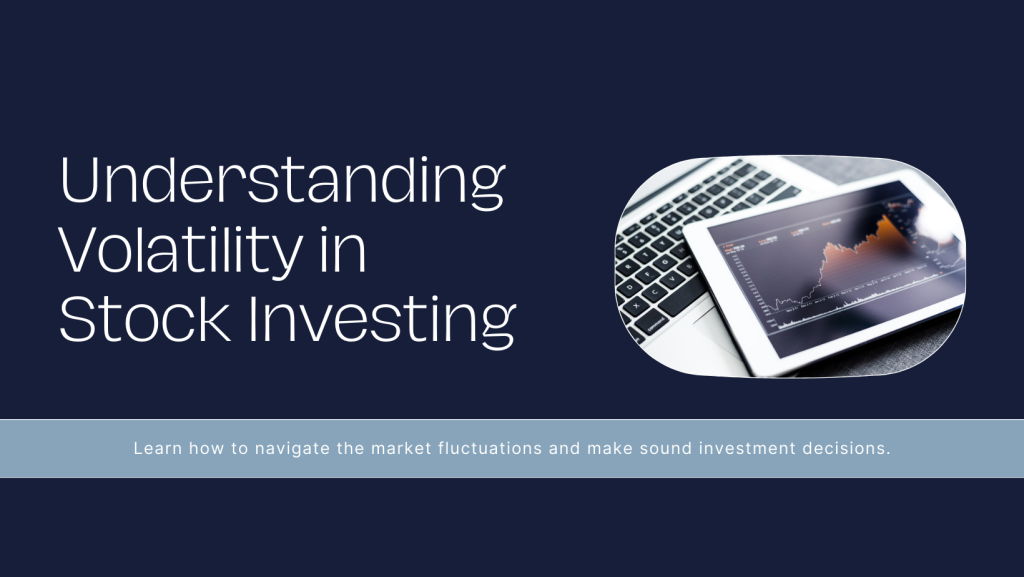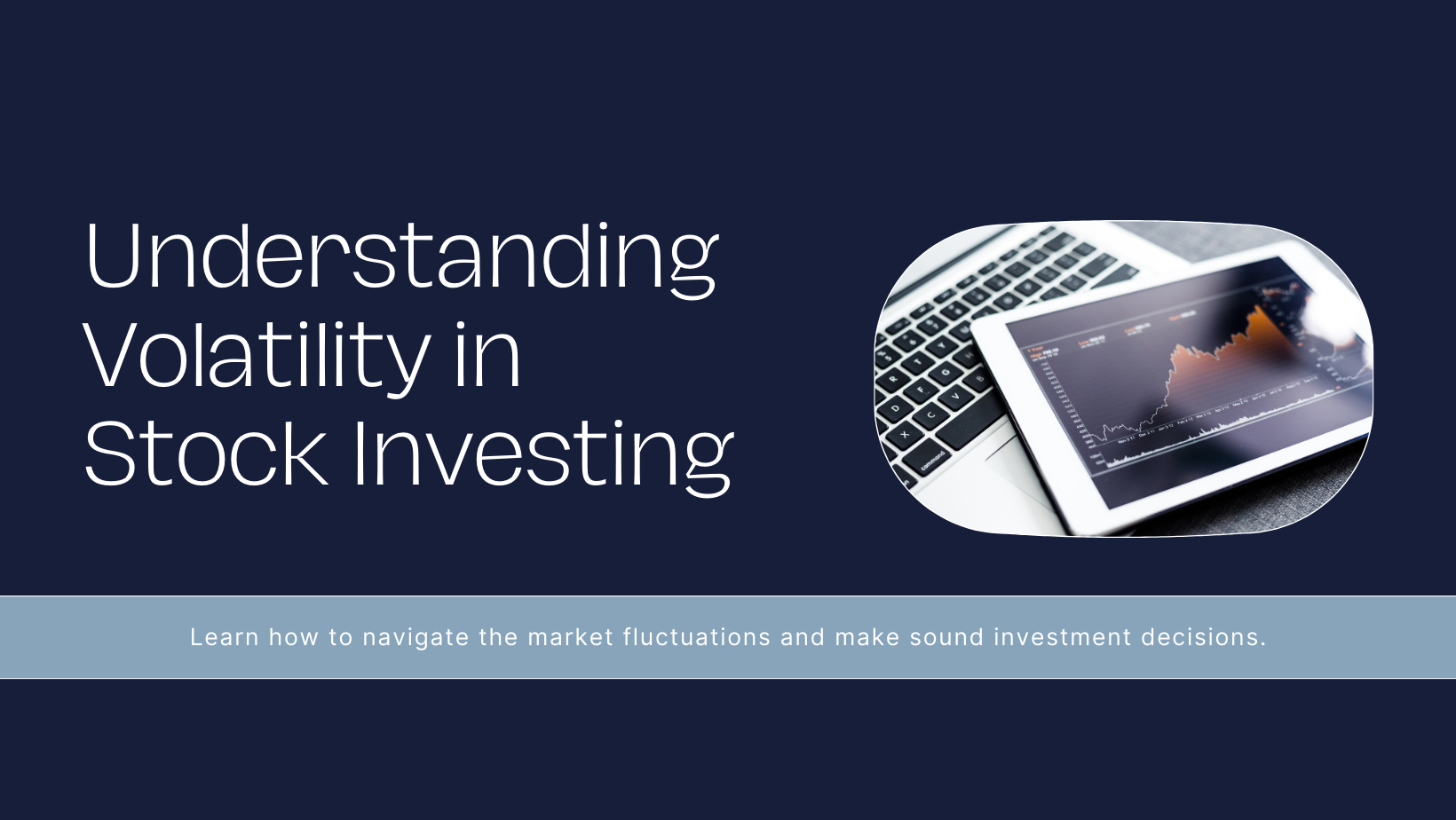Any investor navigating the stock market has to have a solid understanding of volatility since it shapes market dynamics and investing results. Volatility is a measure of risk and market uncertainty that describes how much a security’s price varies over time. In this situation, managing market swings calls for a sophisticated comprehension of volatility and how it affects stock investing.
A number of things, such as business earnings releases, investor mood, geopolitical unrest, and economic developments, can cause volatility. Periods of market turmoil and uncertainty are frequently accompanied by high volatility, which causes abrupt price fluctuations and heightened trading activity. Low volatility situations, on the other hand, are typified by relative stability and muted price swings.
To manage market volatility, investors must be able to distinguish between brief price swings and significant shifts in the underlying fundamentals. While traders may find opportunities to profit from price fluctuations during periods of short-term volatility, long-term investors should maintain discipline in their approach to investing and concentrate on the inherent worth of their holdings.
Keeping a diverse portfolio is one way to deal with stock market volatility. Through diversification of assets across many asset classes, industries, and geographical areas, investors can mitigate their exposure to the fluctuations of a particular company or industry. Diversification gives the portfolio as a whole some stability and helps lessen the impact of unfavorable market fluctuations.
Stop-loss orders and other risk management strategies can aid investors in limiting possible losses and navigating volatility. These orders enable investors to exit holdings before substantial losses occur by automatically selling a stock if its price drops below a preset level. Stop-loss orders offer important downside protection in erratic market conditions, even though they may cause some investors to miss out on chances.
In conclusion, investors who want to manage market swings and accomplish their financial goals must have a solid understanding of volatility. Investors can efficiently handle stock market volatility and take advantage of investing opportunities while controlling risk by keeping up with market movements, keeping a diversified portfolio, and putting risk management measures into practice.


